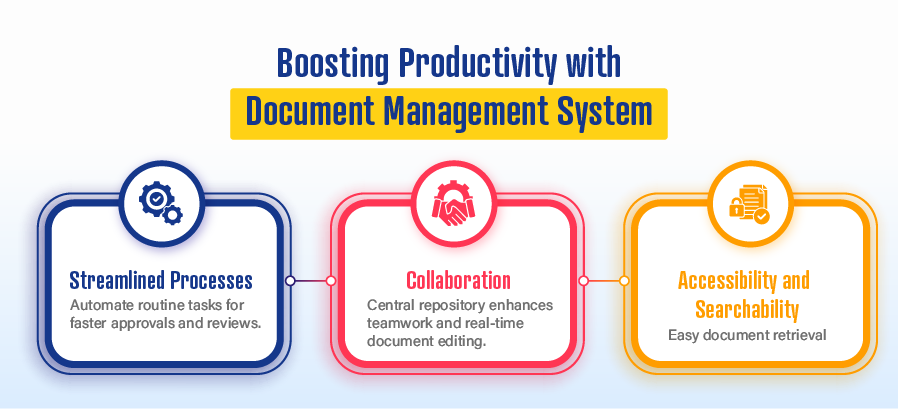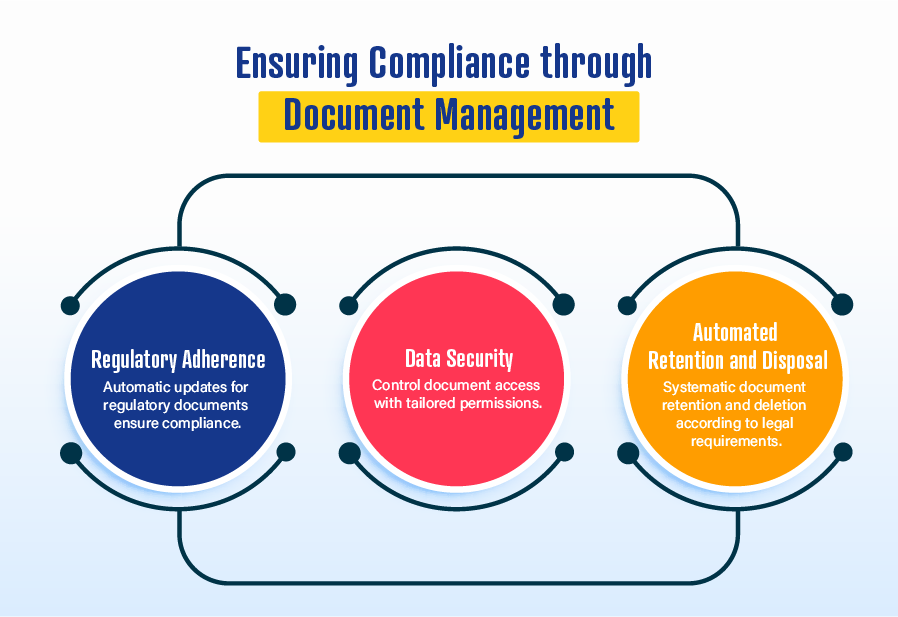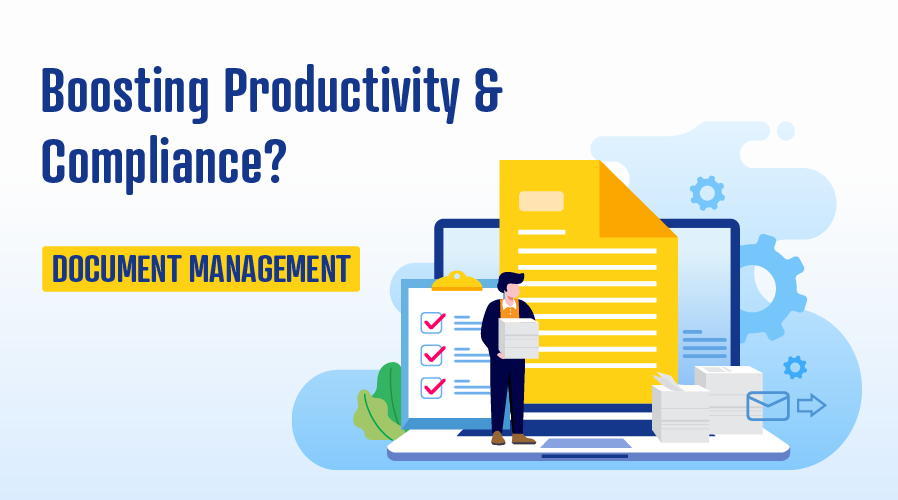Gone are the days of bundles and bundles of paperwork piling upon desks and employees sitting behind these files, sorting through documents endlessly. With new technology, you no longer have to manually handle the documents in your organisation, but automate the process and get it done at lighting speed.
Management of documents in your organisation can be systematised with a help of a well-defined framework or a document management system. This framework sets in place guidelines for how documents are handled in your organisation, who can access them, how they can be used and so on.
In this article, we discuss the importance of having a document management system in place and how you can implement a digital document management program using Quality Management Software (QMS).
What is a Document Management System?
A document management system is an organisational framework that defines the handling of documents. It specifies how documents are sorted, stored, accessed and updated.
Every organisation has a huge set of documentation, this could be legal documents, policy documents, compliance documents and more. Trying to handle paperwork manually can slow down productivity and affect the efficiency of your organisation. Quality management softwares usually comes with document management modules. These modules automate the process of document management programs.
Benefits of a Document Management System
The two primary benefits of implementing a system for management of documents are increased productivity and compliance. Let’s see how a document control and management software can help:
Productivity through Management of Documents

Streamlined Processes
With a system to manage documents, you can create a workflow in document management systems. This means that you can integrate document management tasks with other day-to-day tasks in your organisation. It automates routine tasks through a predefined sequence of steps. It can automate approval process controls and review processes.
The document management system also handles version control which keeps the most current version of the document accessible. It implements document routing to ensure that the right documents reach the right people at the right time.
Collaboration
Collaboration is the key to boost productivity in any organisation. The system for management of documents creates a collaborative environment in your organisation by functioning as a centralised repository for all documentation. It ensures that team members have access to information they need and when they need it.
Digital document management systems allow real time collaboration where multiple users can work on the same document at a time and changes are reflected in real time. Security of documents can be ensured with the help of admins who can set specific access rights and permissions for the document. This way document management can lead to improved collaboration management.
Accessibility and Searchability
Not being able to find and access documents at the right time can affect productivity and break workflows. Having a document management system in place allows users to search for the documents they need based on metadata or content.
Management of documents involved creating a system for indexing and organising documents logically. This makes it easier for various stakeholders in your organisation to access documents and retrieve the information they need. You can also use tags and categories to make the documents even easier to find.
Compliance through Management of Documents

Adhering to Regulatory Requirements
Document management system software automate document control steps. This means that regulatory, standard and legal documents are regularly updated. Since standards and regulations are constantly revised by authorities, such automation helps you adhere to new requirements and stay compliant.
Additionally, the system keeps documents ready and easily accessible for internal and external audits. This makes the audit process more efficient, allowing you the time to implement changes and actions to improve compliance.
Most regulatory bodies require you to keep your documentation in a way that records are accurate and traceable. The system gives you a structured way to do this.
Enhancing Data Security
Protecting information in your organisation is central to maintaining the trust that customers have in your integrity. The document management system defines who can access, manage, modify and share documents. It also allows you to set access controls and various levels in the organisation.
The digital system also leaves an audit trail of who accessed which document, when it was accessed and what changes were made. This makes it easier to pinpoint data breaches and take the necessary action. The system also encrypts the documents to protect sensitive information and prevent data interception.
Automating Retention and Disposal
The digital document management system automatically retains relevant documents and discards irrelevant or expired documents. This helps you reduce clutter and hold on to only those documents that are required for your organisation to function.
The document management system can function based on retention schedules to ensure documents are kept for a required period. For example, if your organisation is in the midst of an audit, you may need to place holds on certain mandatory documents.
After a document has reached the end of its retention period, it is important to discard it securely and protect sensitive information. The management system can automate the secure deletion of digital records and provide guidelines for the physical destruction of paper documents.
Final Thoughts
The importance of documentation in the workplace cannot be overlooked as it is vital to ensure that your organisation and its activities are legal and compliant. Having a document management system in place and automating it through quality management software can help you increase productivity, efficiency and compliance in your organisation.
Before getting started with a process documentation and management system, assess the specific needs of your organisation. Select a software that can be customised to these needs and can integrate with existing software in your organisation.
Create a team to deploy the system and don’t forget to train your employees. Once the document management system is in place you need to monitor it continuously to ensure it functions as envisioned.
A system for management of documents can be a great investment as well as a technological upgrade for your organisation. It will help you stay competitive and compliant in the long-run.






























